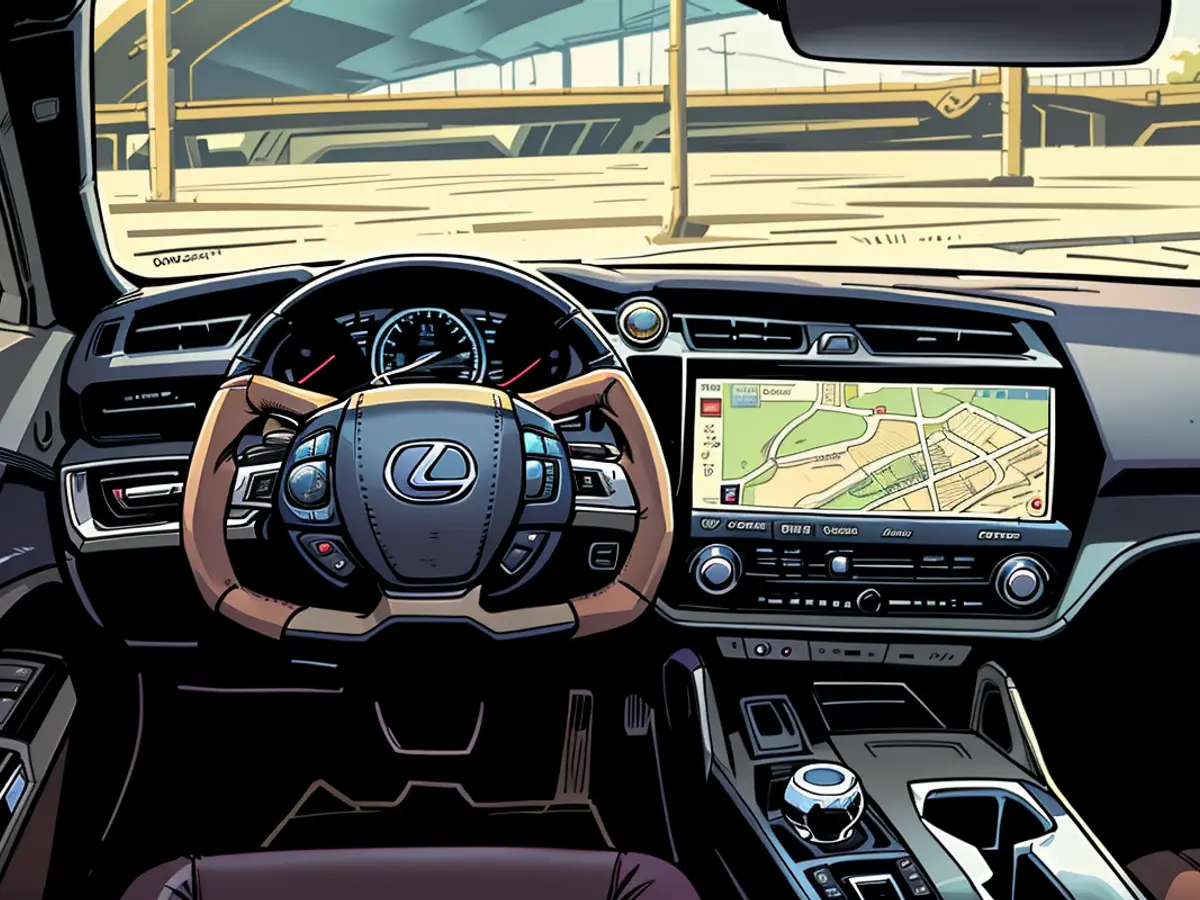Functioning of Drive-by-Wire: rather than mechanical linkages, this system uses digital signals to control vehicle functions, such as acceleration, braking, and steering. It allows for greater vehicle automation and efficiency.
Digital control of vehicle functions: Modern automobiles are increasingly relying on sensors and actuators to manage various functions. By-Wire technology, a lighter, cheaper, and more space-efficient approach, is gaining traction due to its cost-effectiveness and small footprint, as well as its enabling capabilities.
Electronic transmission of gas pedal and steering wheel commands to the motor and transmission is already commonplace in many new cars. Soon, brakes and steering will follow suit. The By-Wire technology conserves resources, reduces weight, and enables innovative features.
By-Wire stands for cable-based transmission. Conventionally, mechanical commands were transmitted via rods, cables, and linkages, but now, these commands are transmitted electronically. A sensor continuously monitors the position of the gas pedal and steering wheel, and sends this data electronically to a control unit for validation and subsequent control of systems like the gear selection elements or throttle valve using an E-Motor (actuator).
Redundant components for reliability
The traditional mechanical elements can be eliminated with this setup. To ensure functionality even in the event of technology failure, the By-Wire technology features redundant components. Sensors, wiring, and sometimes actuators are duplicated. Despite this duplication, the By-Wire system remains lighter, cheaper, and smaller than the traditional system. Eventually, safety-critical systems such as steering and brakes may also be controlled via By-Wire technology.
The shift towards digital command transmission offers additional benefits. For instance, individual car systems can be better and independently controlled electronically, enabling their use in advanced driver assistance systems and autonomous driving.
The automotive industry is also exploring new steering systems, where the steering doesn't necessarily need to be circular, but could assume various shapes like joysticks, for example. However, these advanced steering systems necessitate a more powerful electronics architecture due to the current limitations of the slow CAN-Bus transfer rate and numerous individual control units.
Read also:
In the rapidly evolving automobile industry, major car manufacturers are integrating By-Wire technology for improved efficiency and automation. This innovation replaces mechanical linkages with digital signals, controlling functions like acceleration and steering.
By-Wire technology also incorporates redundant components to ensure reliability, even in the face of technological failures. For instance, sensors and actuators are often duplicated to maintain vehicle functionality, despite the technology's smaller size, lower cost, and lighter weight compared to traditional mechanical systems.








